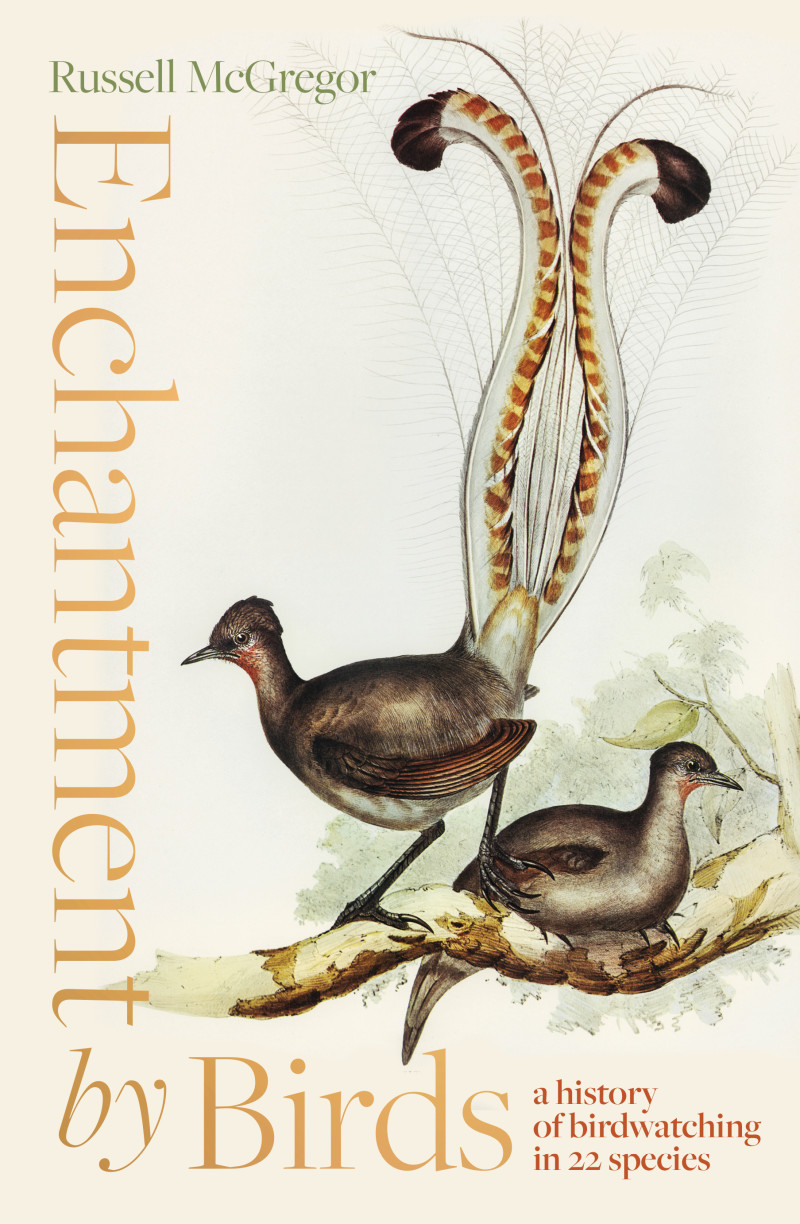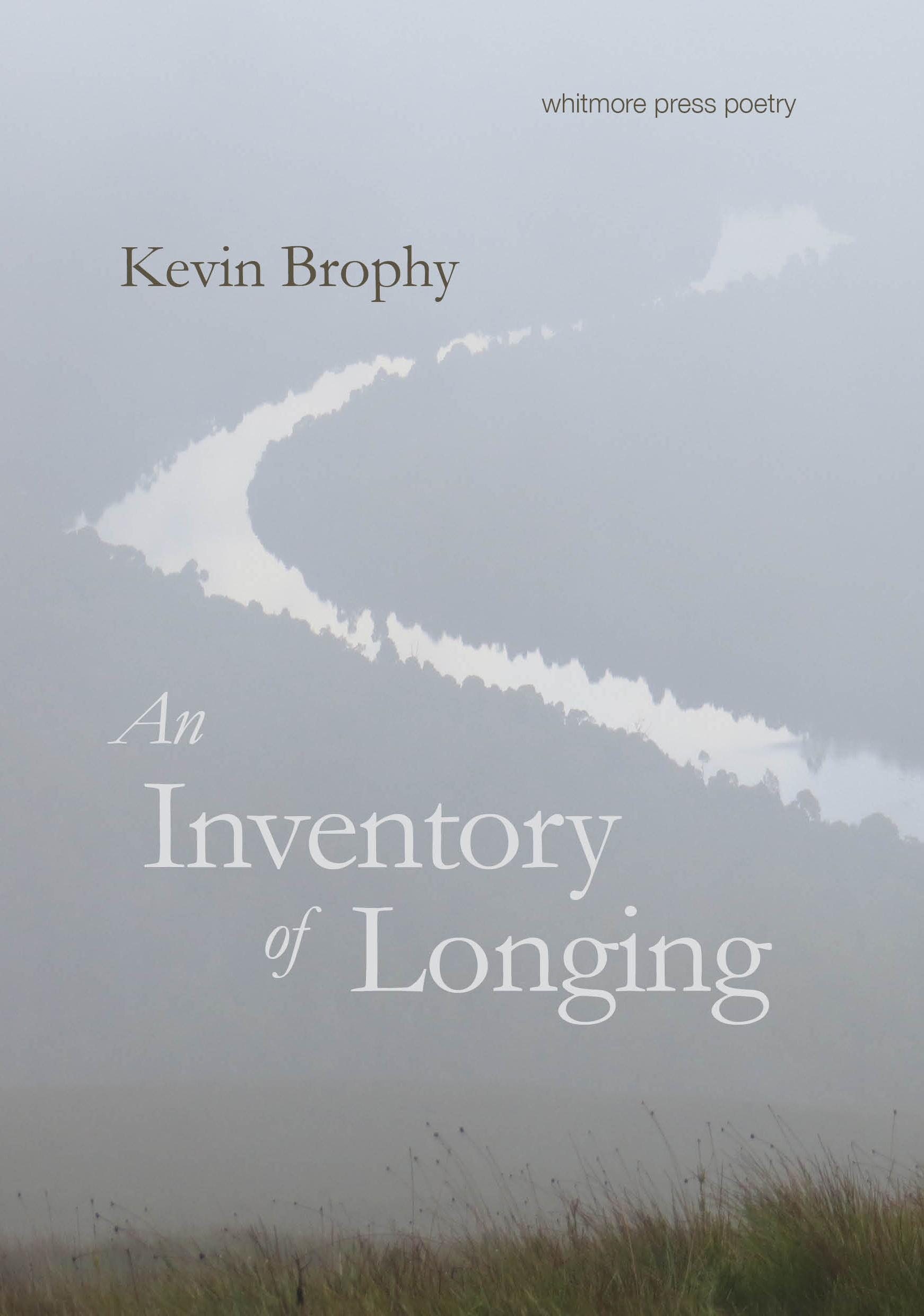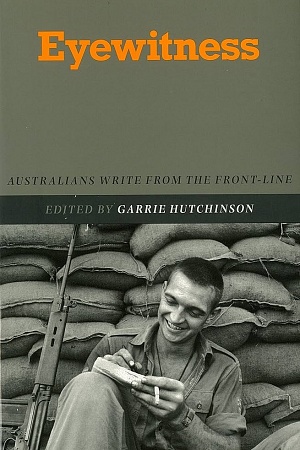How We Live and Why We Die: The secret lives of cells
Faber and Faber, $39.99 hb, 240 pp, 9780571239115
A thing almost incredible
All living organisms are made of cells. Some, like bacteria, consist of just single cells; others, like humans, contain trillions of individual cells. The term ‘cell’ was first used in this context by the remarkable Robert Hooke in his beautifully illustrated masterpiece Micrographica: or some Physiological Descriptions of Minute Bodies made by Magnifying Glasses with Observations and Inquiries Thereupon (1665). Hooke had been observing a thin slice of cork under his newly developed microscope. These cells were ‘[the] first microscopical pores I ever saw, and perhaps, that were ever seen, for I had not met with any Writer or Person, that had made any mention of them before this.’ He then showed why:
there were usually about threescore of these small cells placed end-ways in the eighteenth part of an Inch in length, whence I concluded there must be neer eleven hundred of them, or somewhat more then [sic] a thousand in the length of an Inch, and therefore in a square Inch above a Million, or 1166400. and in a Cubick Inch, above twelve hundred Millions, or 1259712000. a thing almost incredible, did not our Microscope assure us of it by ocular demonstration.
Continue reading for only $10 per month. Subscribe and gain full access to Australian Book Review. Already a subscriber? Sign in. If you need assistance, feel free to contact us.
















Leave a comment
If you are an ABR subscriber, you will need to sign in to post a comment.
If you have forgotten your sign in details, or if you receive an error message when trying to submit your comment, please email your comment (and the name of the article to which it relates) to ABR Comments. We will review your comment and, subject to approval, we will post it under your name.
Please note that all comments must be approved by ABR and comply with our Terms & Conditions.